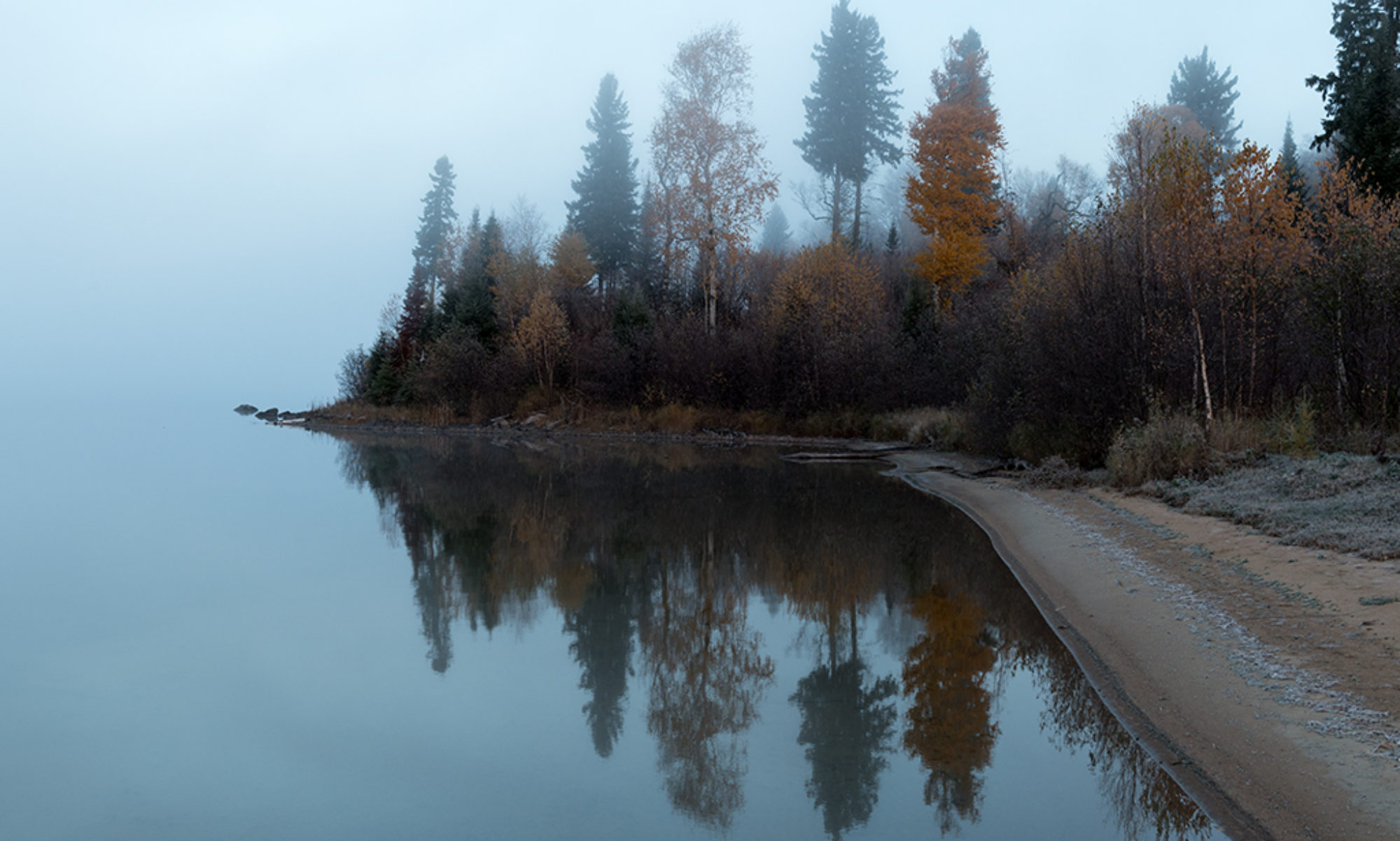A cabin story: of when the kids were young.
The year was 1994, it was a beautiful summer, kids had been out of school for a few weeks and we were going out to the cabin.
Amy (8 years) and Lee (6 years) loved spending time out at the cabin and wanted to share this time out with some cousins. So Devin (6 years) and Sami (4years) came out to the cabin with us.
The kids had great fun all day, playing in the water, building sand castles on the beach and running around in the bush playing hide and seek. Needless to say they were tired little munchkins by the end of the day.
Our log cabin is not very big so to make enough room for 4 children to sleep, we pushed the two sofas together and made one big bed for them. They were thrilled with the whole camping out experience.
Lee (our son) is very warm blooded. He over heats easily and really enjoys our Canadian winters. This night he wanted to just wear pajama bottoms to bed. I said to him, “you should probably wear the pajama tops too so you don’t get so many mosquito bites.” He just wore the bottoms.
The children quickly settled off to sleep. Dan and I finished a few chores around the cabin and soon settled in for the night as well.
The next morning as I was sipping my coffee and getting ready to make breakfast for the gang I noticed Lee had a lot of small red spots on his back. I said “Lee, I told you ….. come here a minute.” I thought at first he had gotten a lot of mosquito bites during the night just like I told him but on closer inspection they were not mosquito bites they were Chicken Pox’s spots.
Oh no, he must of gotten exposed to Chicken Pox on the last few days of school and now he has them and also exposed his sister and two cousins.
Fortunately, Lee never got very sick with them. He played outside most of the day, in and out of the water.
Twenty one days later his sister also came down with them. Cousins, Devin and Sami did not miss out either. They were sick while out in Alberta visiting with their Grandmother and other family members.






























































